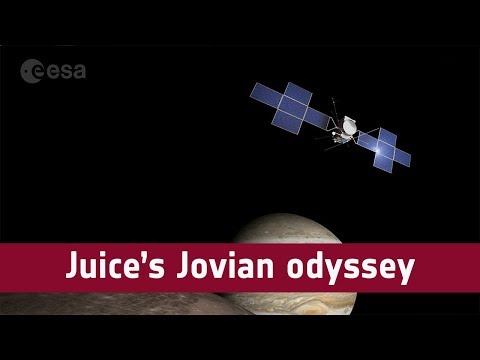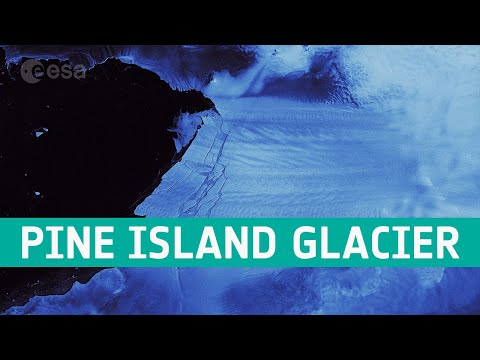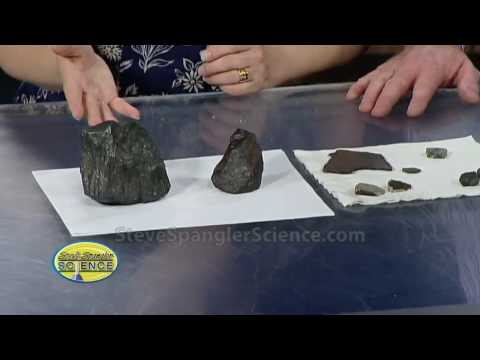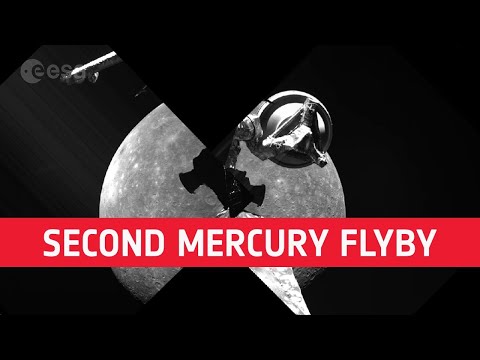An astronaut’s perspective on searching meteorites in Antarctica
In late 2019, ESA astronaut and geophysicist Alexander Gerst travelled to one of the harshest environments on Earth to learn more about our solar system, and to gather operational knowledge for missions to planetary surfaces such as the Moon. Travel with him to Antarctica and discover the many secrets held by meteorites in this documentary from the ice.
Since its inception in 1976, the US-led Antarctic Search for Meteorites (ANSMET) has recovered more than 22,000 specimens. These are rocks that fell from space, originating from several sources in our solar system, including the Moon and Mars. After each field season the newly recovered specimens are shipped (still frozen and sterile) to the Antarctic Meteorite laboratory at NASA’s Johnson Space Center in Houston, Texas. There they are thawed, dried, carefully examined, and shipped to planetary scientists world-wide. These rock fragments enable scientists to look beyond our planet, and Earth’s orbit, into the depths of space.
As a member of the 2019-2020 crew, Alexander gained and shared knowledge with his team mates and followed in the footsteps of great Antarctic explorers before him, spending weeks in a remote field camp, only a few hundred kilometres from the South Pole. The team recovered 346 meteorites during this season. His mission also shared many similarities with what astronauts will encounter when flying to the Lunar South Pole in the not-so-distant future – making it another valuable step in preparing for what might lie ahead.
Find out more about ANSMET over on the blog https://caslabs.case.edu/ansmet/category/19-20/
★ Subscribe: http://bit.ly/ESAsubscribe and click twice on the bell button to receive our notifications.
Check out our full video catalog: http://bit.ly/SpaceInVideos
Follow us on Twitter: http://bit.ly/ESAonTwitter
On Facebook: http://bit.ly/ESAonFacebook
On Instagram: http://bit.ly/ESAonInstagram
On Flickr: http://bit.ly/ESAonFlickr
We are Europe’s gateway to space. Our mission is to shape the development of Europe’s space capability and ensure that investment in space continues to deliver benefits to the citizens of Europe and the world. Check out https://www.esa.int/ to get up to speed on everything space related.
Copyright information about our videos is available here: https://www.esa.int/ESA_Multimedia/Terms_and_Conditions





Is this up to date?
Antarctica is the gateway to planetary colonization, this is a stunning documentary!
That would be challenging!
I'm surprised that many larger meteorites were found, along with only what appears to be a thin layer of blackened earth atmosphere entry burning.
Interesting video, thanks all.
Thumbs-up!
Super amazing adventure 👍👍
ESA ❤ NASA ❤
How do I get to study the environment and I want study things in Antarctica. Please tell me what I have to do
(This is a joke, not meant to offend anyone)
ESA: has built many successful satellites and space station modules as well as launch vehicles
Also ESA: grammur
I heard that you can find meteroit dust by taking a magnet and swiping it over your houses roof…Is that true?
Wow!that is amazing for me , i lives at Myanmar and my country weather is little hot, So i'm wanted cold weather and getting cold feeling from watching your program, l love our earth and thank you so much European Space Agency ESA👍👍👍👍👍👍
Geologie!
Где-то рядом развалины древних городов и нацистская база, а они какие-то камни ищут…